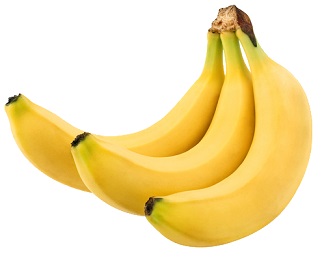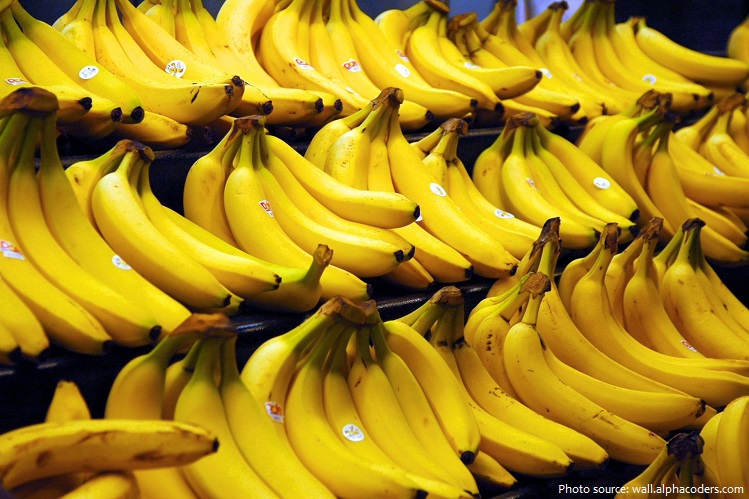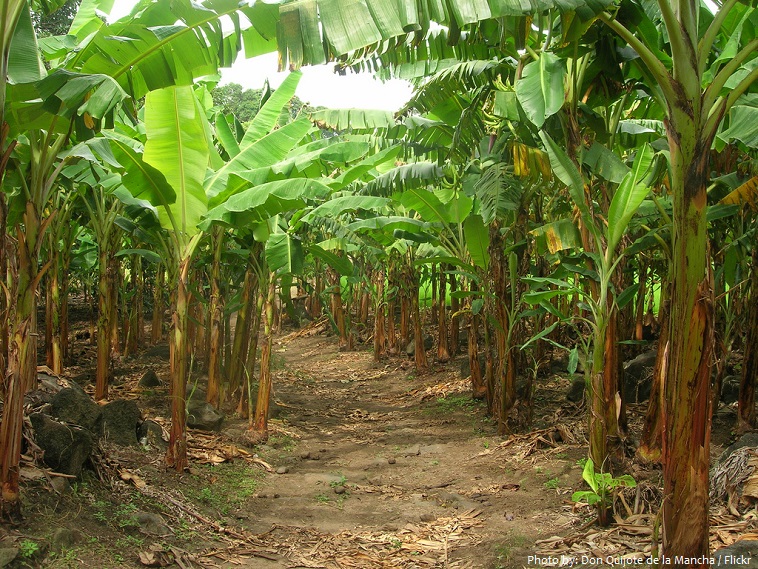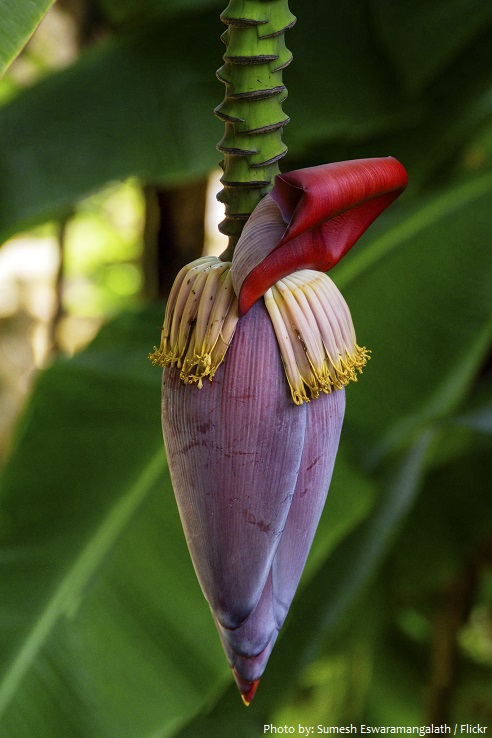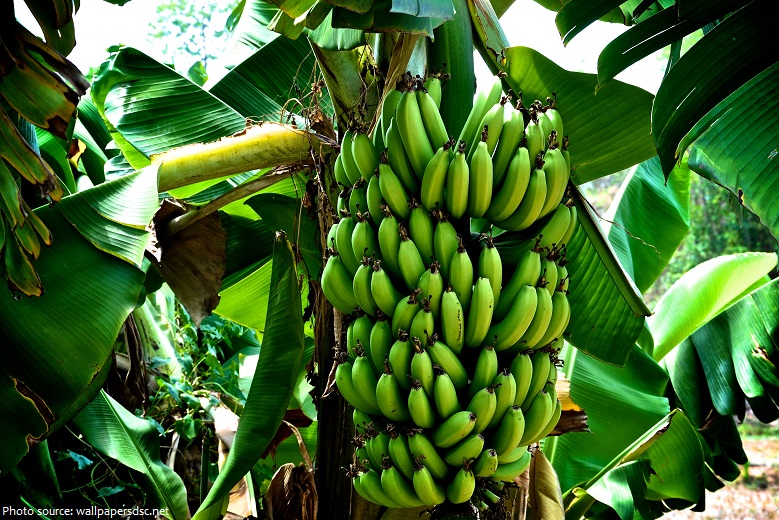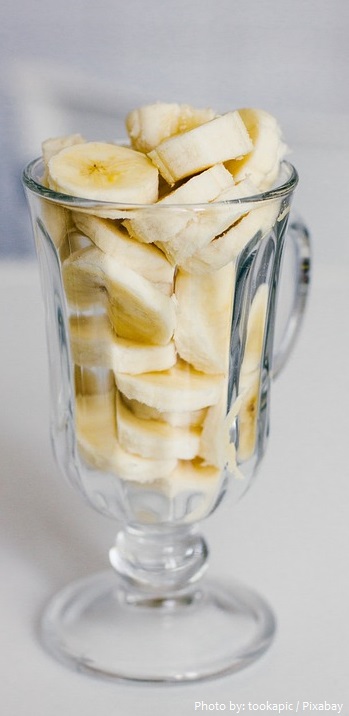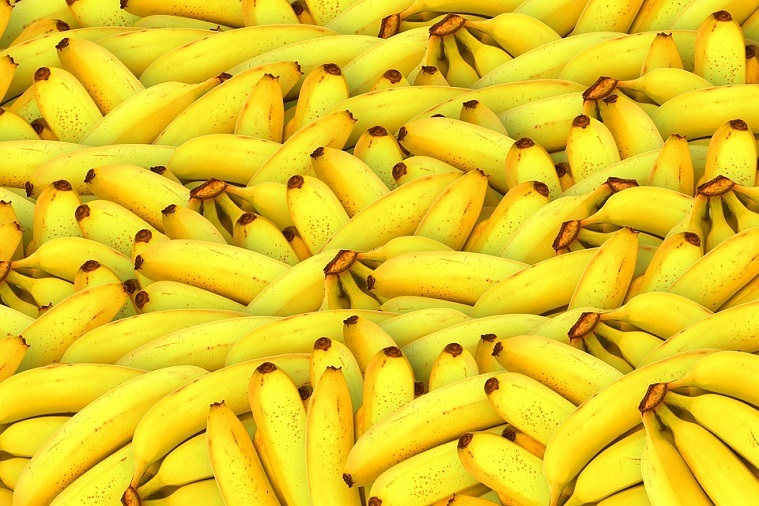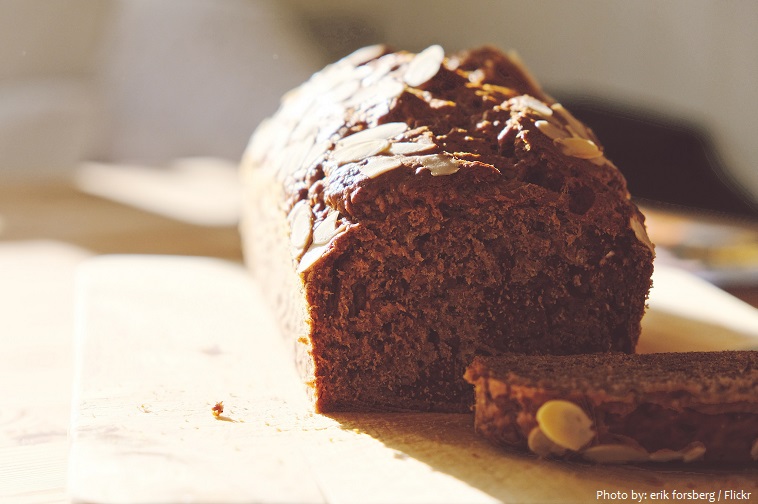The banana is an edible fruit which is botanically a berry.
The banana plant is called a ‘banana tree’ in popular use, but it’s technically regarded as a herbaceous plant (or ‘herb’), not a tree, because the stem does not contain true woody tissue.
Bananas are the most popular fruit in the world: in fact, over 100 billion bananas are eaten around the world every year, and around 51% of these are eaten at breakfast time.
Bananas are believed to have originated up to 10,000 years ago and some scientists believe they may have been the world’s first fruit.
The first bananas are thought to have grown in the region that includes the Malaya Peninsula, Indonesia, the Philippines and New Guinea.
From here, traders and travelers took them to India, Africa and Polynesia.
In 327 BC, when Alexander The Great and his army invaded India, he discovered banana crop in the Indian Valleys. After tasting this unusual fruit for the first time, he introduced this new discovery to the Western world.
The bananas we enjoy today are far better than the original wild fruit which contained many large, hard seeds and not much tasty pulp.
Bananas as we know them began to be developed in Africa about 650 AD.
Bananas were discovered by the Portuguese on the Atlantic coast of Africa. They cultivated the fruit on the Canary Islands. From there it was introduced to the Americas in 16th century by Spanish missionaries.
Today, there are over 1000 different varieties of bananas growing around the world. But 95% of banana exports come from a single cultivated variety, the Cavendish.
The banana plant is the largest herbaceous flowering plant. Plants are normally tall and fairly sturdy, and are often mistaken for trees, but what appears to be a trunk is actually a “false stem” or pseudostem.
Cultivated banana plants vary in height depending on the variety and growing conditions. Most are around 5 m (16 ft) tall, with a range from ‘Dwarf Cavendish’ plants at around 3 m (10 ft) to ‘Gros Michel’ at 7 m (23 ft) or more.
Leaves are spirally arranged and may grow 2.7 metres (8.9 ft) long and 60 cm (2.0 ft) wide.
When a banana plant is mature, it stops producing new leaves and begins to form a flower spike or inflorescence. Each banana plant normally produces a single inflorescence, also known as the “banana heart”.
The banana fruits develop from the banana heart, in a large hanging cluster, made up of tiers, with up to 20 fruit to a tier. The hanging cluster is known as a bunch, comprising 3–20 tiers, or commercially as a “banana stem”, and can weigh 30–50 kilograms (66–110 lb). Individual banana fruits average 125 grams (0.276 lb).
Export bananas are picked green, and ripen in special rooms upon arrival in the destination country. These rooms are air-tight and filled with ethylene gas to induce ripening. The vivid yellow color consumers normally associate with supermarket bananas is, in fact, caused by the artificial ripening process.
If bananas are too green, they can be put in a brown paper bag with an apple or tomato overnight to speed up the ripening process.
There are 89 calories in 100 grams (3.5 ounces) of bananas.
A banana contains a diverse range of nutrients, including dietary fiber, vitamin C, potassium, vitamin B6, key amino acids, iron, manganese, magnesium, folate, vitamin A, protein and a number of antioxidants, all of which make bananas one of the most nutrient dense and delicious foods you could add to your diet.
The health benefits of banana include helping with weight loss, reducing obesity, curing intestinal disorders, relieving constipation, and curing conditions like dysentery, anemia, tuberculosis, arthritis, gout, kidney and urinary disorders. Banana can also help with menstrual problems and burns. It is good for reducing blood pressure, protecting heart health, boosting metabolism and immunity, reducing the severity of ulcers, ensuring healthy eyes, building strong bones, and detoxifying the body.
Bananas are naturally slightly radioactive, more so than most other fruits, because of their potassium content and the small amounts of the isotope potassium-40 found in naturally occurring potassium. The banana equivalent dose of radiation is sometimes used in nuclear communication to compare radiation levels and exposures.
Wild bananas are completely full of seeds, and are only barely edible. Commercially grown bananas that are cultivated specifically for consumption do not have seeds.
Commercial banana plants are reproduced by using banana pups. The mature banana plant forms rhizomes that grow into a little plants known as pups that can be removed and planted elsewhere.
The word banana is thought to be of West African origin, possibly from the Wolof (language of Senegal, the Gambia and Mauritania) word banaana, and passed into English via Spanish or Portuguese.
Banana fruits are grown in more than 150 countries.
India is the largest producer of bananas followed by China, Uganda and the Philippines.
In some countries, bananas used for cooking may be called plantains, in contrast to dessert bananas.
Bananas are eaten deep fried, baked in their skin in a split bamboo, or steamed in glutinous rice wrapped in a banana leaf. Bananas can be made into jam. Banana pancakes are popular amongst backpackers and other travelers in South Asia and Southeast Asia.
Banana bread first became a standard feature of American cookbooks with the popularization of baking soda and baking powder in the 1930s, appeared in Pillsbury’s 1933 Balanced Recipes cookbook, and later gained more acceptance with the release of the original Chiquita Banana’s Recipe Book in 1950.The origin of the first banana bread recipe is unknown, though some speculate it was originated in the 18th century by housewives experimenting with pearlash.
There is a Banana Club Museum in California, filled with 17,000 different banana items.
Before the discovery of its comedic potential, the banana skin was considered a real public hazard. The slip-on-a-banana-peel gag has been a staple of stage and screen humor since at least the early 1900s.
The most bananas peeled and eaten in one minute is 8 and was achieved by Patrick Bertoletti (USA), at Sierra Studios, East Dundee, Illinois, USA, on 14 January 2012.
The fastest marathon dressed as a fruit (male) is 2 hr 47 min 41 sec and was achieved by Andrew Lawrence (UK), at the Virgin Money London Marathon, in London, UK, on 24 April 2016. Andrew completed the marathon dressed as a banana.
In 2016, Chinese live-streaming services have banned people filming themselves eating bananas in a “seductive” fashion.
A thief in Mumbai was forced to eat 48 bananas so that the gold chain he had swallowed when he was arrested would leave his body.
In the 1960s, many people tried using banana peel to get high! Rumors that smoking dried banana peels caused hallucinogenic effects were likely started in part by singer Country Joe McDonald, who mistakenly attributed an acid trip to a banana-peel joint he’d tried. Regardless, the trippy allegations touched off a banana run on fruit stands across the country, until an FDA investigation found no evidence to support the claim.

